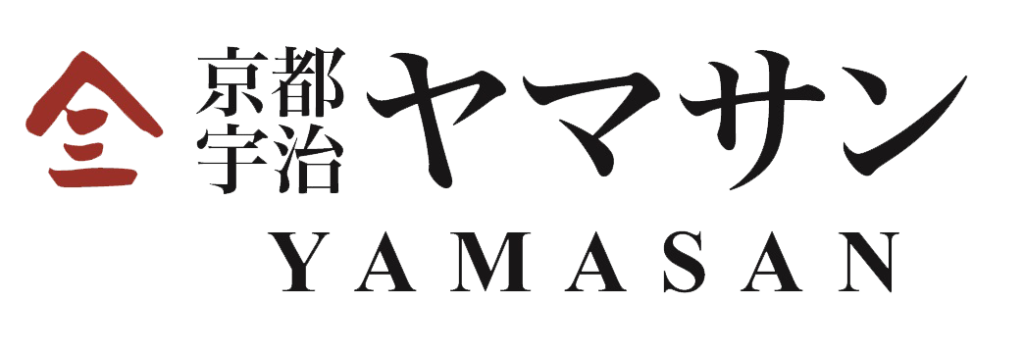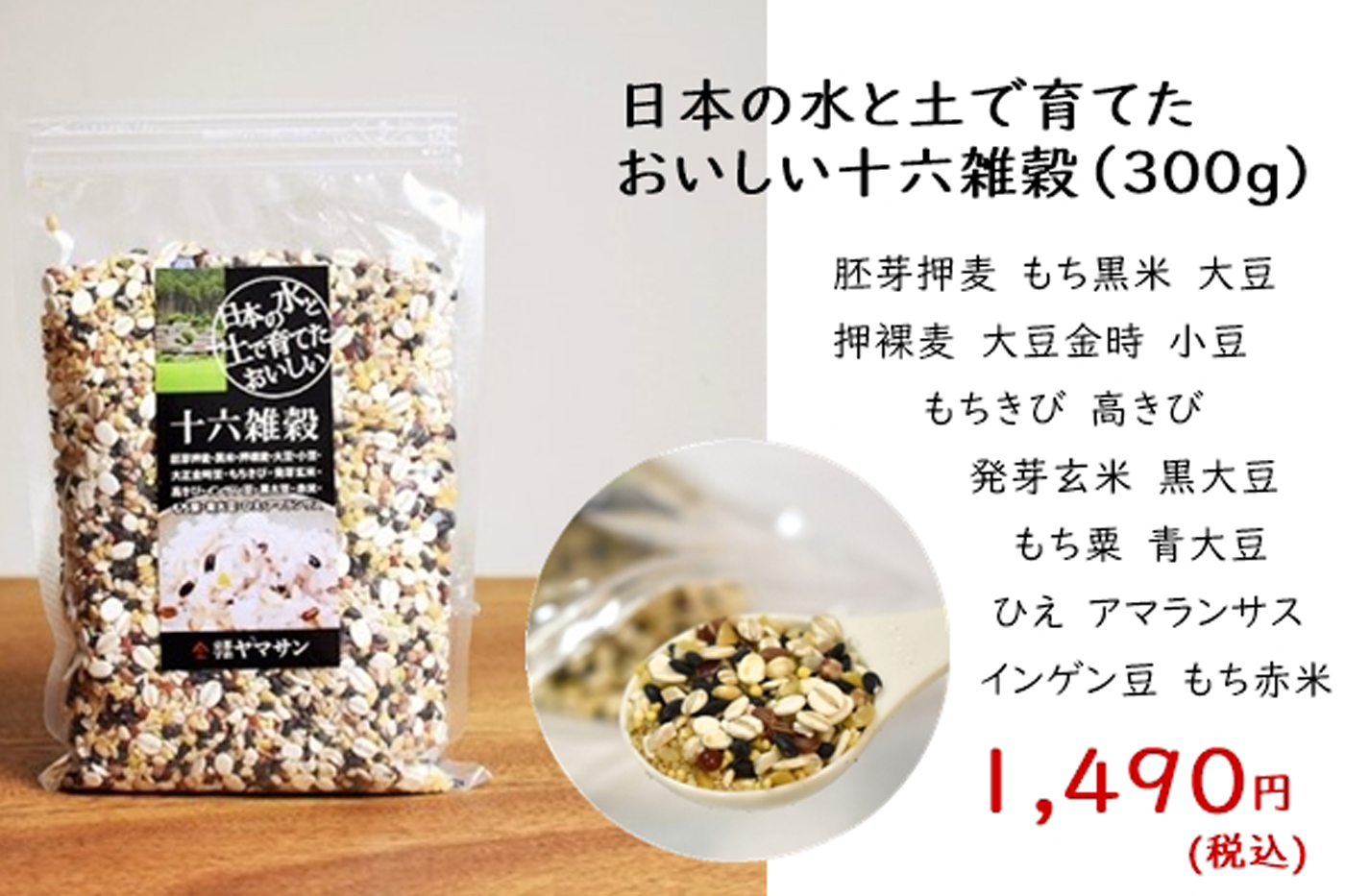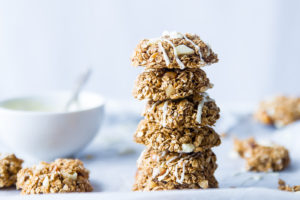Most people know that dietary fiber is essential for smooth communication.
Nevertheless, the dietary fiber intake of the Japanese is extremely low.
First of all, what is “dietary fiber” ?
→ Collective term for ingredients in food that are not digested by human digestive enzymes.
Here is the wonderful performance of “dietary fiber”!
- Clean the large intestine
- Improves constipation by softening the stool and increasing the amount.
- Attach harmful substances and pass as stool.
- Prevents obesity by preventing blood sugar spikes.
- It becomes the food of the good bacteria represented by Bifidobacterium.
And so on! !!
Furthermore, it has been pointed out that it reduces the risk of major diseases such as colorectal cancer, myocardial infarction, infectious diseases and respiratory diseases .
So how many grams of dietary fiber should I take each day?
According to a report from the Ministry of Health, Labor and Welfare , intake of more than 24 g of dietary fiber per day reduced the mortality rate of myocardial infarction, and conversely, less than 12 g per day increased mortality rate .
As well as receive it there is a problem, that for risk There is no report of lifestyle-related diseases increase in too much to take dietary fiber, “the ideal intake of dietary fiber is aimed at more than one day 24g of Japanese” to Maybe you should.
Since the average intake of Japanese is 14g , there is a shortage of 10g a day, which is equivalent to 4 shredded cabbage.

If you try this way, you will not be able to achieve it immediately because it is far from reality…
For the time being, let’s aim at “19g or more per day”!
(From “Intestinal Illustrated New Common Sense of Intestines”)
And if you want to get more efficient dietary fiber, you can easily replace the regular white rice with millet rice to get in nutrients that you tend to lack!
Since millet grains are rich in minerals, vitamins, and dietary fiber, you can ingest various nutrients simply by mixing them with regular white rice.

 Español
Español
 Inglés
Inglés
 Francés
Francés
 Árabe
Árabe



